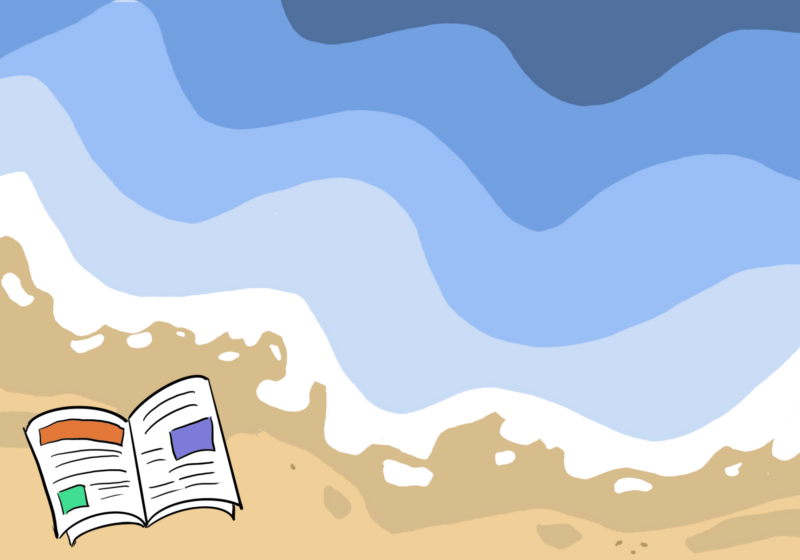Each year, in the fall, football players gather their gear and suit up in their respective university uniforms, in preparation for the season ahead. However, in the years to come, they may not even be able to get dressed without assistance.
Recent research by Dr. Eric Blackman, a professor in the UR physics department, with a Ph.D in astrophysics from Harvard, is showing that head injuries caused during football practices and games may cause dementia later in a player’s life.
The UR football team has even been recruited to take part in Blackman’s research. The players’ helmets will be outfitted with special sensors to determine the location and force of blows to the head during the summer and into their fall season. Months after the experiment is completed, MRIs of the players’ heads will be taken, in order to help researchers make relevant conclusions regarding the possibility of football players developing dementia after their careers.
Over $99,000 is being invested into this research, which will allow for a more comprehensive study of the potential long-term damage. While the team will not be paid for their participation in the study, head football coach Scott Greene says his team will be receiving free helmets next season, which he considers to be enough compensation given the circumstances.
Junior quarterback Andrew Breidigam, who has been playing tackle football since he was in the fifth grade, agrees. “I do not believe that we should be paid for being test subjects because we would be playing football anyway and getting hit during the games,” he said.
The cooperation of the coaches and the team members is certainly a bonus for NFL coaches who are looking to use this data to benefit their own players and possibly enhance their coaching. Coach Greene hopes for the same for his players and expressed a firm interest in doing anything possible to keep his players safe in the short-term on the field and in the long run after they stop playing.
Dr. Jeffrey Bazarian, one of the lead researchers at the UR Medical Center, told local news channel 13 WHAM that the system could be described as “MRI on steroids,” and went on to explain how the sensors in the helmets actually work to determine the force and location of the hits to players’ heads. Professor Jianhui Zhong in the physics department, who attended the Yale University School of Medicine for his post-doctorate, is working alongside Bazarian on the project.
Though the experiment may help accomplish a great deal for the professors, coaches and doctors investing their time and funds in the study, it could also just be a gate towards more research dealing with athletic injuries.
“I would like to see how many players suffer from depression and have broken marriages or tough times adjusting to work or life 10 to 15 years after they have stopped playing, especially from the professional level and see how much is related to head injuries,” Greene said. “I believe there are many other effects that players are dealing with but have not been realized yet.”
He also is curious to see how this study and its results differ depending on which player’s helmet is being analyzed.
“Everyone sees the big hits that lead to concussions, but what about the subtle hits that take place on every play with interior lineman?” he asked. “How do these hits add up over time? Is there any risk to these type of hits that take place?”
For Eric Blackman, studies investigating the unseen effects of head trauma originated in his interest in blasts suffered by soldiers.
Although they might receive minimal blows from contact with another soldier, explosives such as missiles or bombs pose a great danger to the heads of those in battle. Sometimes the explosion is so great that the effect could be equivalent or greater in magnitude to the hits suffered by football players by means of physical contact.
Although this experiment is undoubtedly going to show us about what happens when a player receives forceful impacts to the head, studying these effects in Division I schools could yield even more benefits. According to Greene, different teams play during more seasons and with different equipment, both of which could affect the level of head trauma.
“I am interested as to why this research is not being conducted at more Division I institutions, since they hit during the spring and since they are allowed full pads during the off season and Division III is only allowed helmets,” he said. “I would be interested to see how many injuries take place during the spring months in Division I and the NFL levels when no one is collecting data,”
With the distinct fields of athletics, physics and medicine working together in this research, the future of those involved in sports or, in this case, any type of activity involving long term, minor blows to the head, stands to benefit.
Acosta is a member of
the class of 2012.

